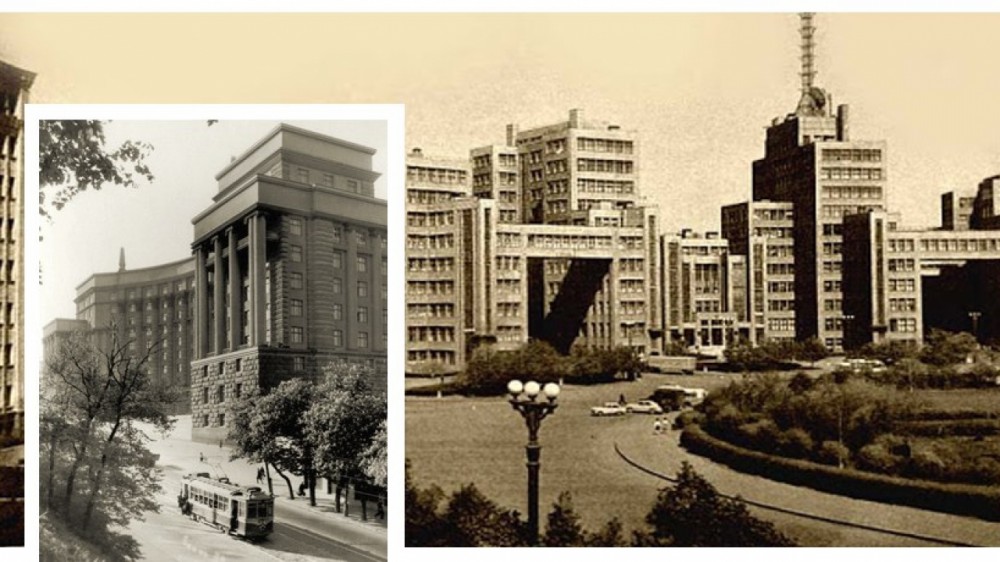
The discourse of «First capital» is one of the main in the identity of contemporary Kharkivites and its appearance in memory politics is systematic. The short period in city history, when it had official status of capital, left an unproportionally big mark in the collective memory. We would like to study how the capital status was «built» in Kharkiv architecture. Kharkiv, which during the imperial period was a huge regional centre for so-called «Russian South» or «Slobids’ka Ukraine region», was growing rapidly at the beginning of the Soviet era. Its territory was increased in 5,7 times from 1910 till 1930. The city was changed not only in sizes but by its planning structure. The «old» city was criticized for its chaotic structure and architectural styles. Thus new one was imagined as a proletarian utopia with planned quarters and residential complexes. KhTZ was visioned in the crossing of several urban concepts: city garden, desurbanisation and linear city. Industrial objects such as Serp i Molot, KhTZ, Kharkiv Locomotive Factory marked the urban space and created industrial cityscape. Among the main architectural markers of new capital were Derzhprom, Building of Cooperation and Projects and Theater of mass action. The competition for Theater of Mass Action attracted more than 145 architects, among them 100 foreign ones. The image of Kharkiv as capital was avantgarde, utopian, industrial and proletarian one. Contemporary urban palimpsest is cleared most of avant-garde buildings and visitor imagines Kharkiv as the city of Stalin ampir, not the constructivist one. Mentioning «First capital» is not necessary reference to the period of 1920s-1930s, mostly it is about nostalgia for Soviet past at all.
Source: Bozhenko A. (2020). Kharkiv as capital: utopia, constructivism, memory (1919-1934). City History, Culture, Society. № 8: 36-44
Source web-site: http://http://mics.org.ua/journal/index.php/mics/article/view/117/125
Number of views: 2656